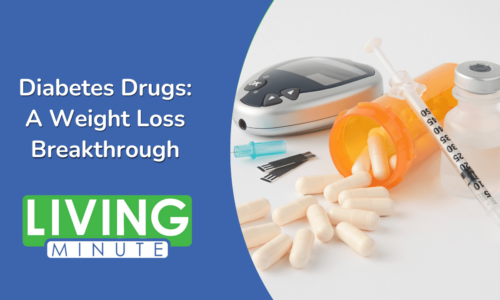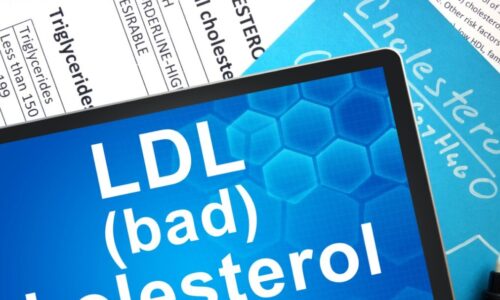How do I know if I am drinking enough water? |

The body is made up of about 60% water, and daily intake is obviously vital for survival. You have probably heard that you need to drink 8 glasses of water per day, at a minimum. This is a general guideline that does not take into account your activity level, health status, the temperature/humidity of your environment, or your body size/gender. The actual amount you need may vary considerably day-to-day based on what you’re doing or what the weather is like.
The Mayo Clinic website notes:
- The National Academies of Sciences, Engineering, and Medicine determined that an adequate daily fluid intake is:
- About 15.5 cups (3.7 liters) of fluids for men
- About 11.5 cups (2.7 liters) of fluids a day for women
- These recommendations cover fluids from water, other beverages and food. About 20 percent of daily fluid intake usually comes from food and the rest from drinks.
There are also exceptions – people with heart disease, kidney disease, or those taking diu
retic medications (“water pills”) should discuss their fluid needs with their physician. They may need to drink less than average for their health. Endurance athletes and pregnant women or those who are breast feeding will likely need more fluid than usual. People with swallowing difficulties must keep a close eye on their fluid intake to make sure they meet their minimum needs.
Given that there is no set rule about how much water is enough, I thought I’d give you a few pointers that you can use to determine (roughly) if your hydration status is within an acceptable range.
There are two simple tests you can do to check your hydration status:
- Pinch Test (skin turgor test). Clinicians use this test to get a rough estimate of how hydrated a patient is. If you pinch the skin on the back of your hand, it should snap back within a second, regardless of your age. If it takes longer for the skin to return to its flat position, that’s known as “tenting” and it’s a sign of dehydration. The longer the skin takes to flatten out, the more dehydrated you are. Check out this video demonstration to see how the test works in action. https://www.youtube.com/watch?v=olVHwKomFvQ The goal for most healthy folks is to consume enough fluids to keep the pinch test <1 br=”” second.=””> </1>
- Urine Color Test. The concentration of your urine is related to your hydration status. The more concentrated (or dark) the urine, the more dehydrated the body. Drinking water (or other fluids) until the urine is a very light yellow or clear color is a reasonable goal for most healthy people.
Seven signs you may be dehydrated (these can be signs of other conditions too, so ask your doctor if you are concerned that it could be something else):
- Headache – When we are dehydrated, brain tissue can contract a little bit due to decreases in blood volume. This pulls on the attachment sites to the skull and may be experienced as headache.
- Hunger – Sometimes your body is thirsty, but this is perceived as hunger instead. If you’ve had enough to eat and still feel hungry, it’s possible that you are actually thirsty. See if drinking water paradoxically satisfies your “hunger.”
- Dry Mouth – The body conserves saliva when it is dehydrated, which can create a dry mouth sensation.
- Hard Stool – Constipation can occur when we don’t drink enough fluid.
- Muscle Cramps – When dehydration becomes more severe (such as after long bouts of exercise) it’s possible to lose enough electrolytes and salt in your sweat that you get muscle cramps. Muscles need sufficient potassium, calcium, and sodium to contract and relax normally.
- Dizziness when standing up – If you notice a change in blood pressure when you go from lying down or sitting to standing (experienced as near-fainting, or dizzy spell) this could mean that you are dehydrated.
- Rapid Heart Rate – When your body is significantly dehydrated, your blood volume decreases and your heart has to work faster to pump around the smaller amount of blood available to carry oxygen to the tissues.
The bottom line is that water is essential for health, but the amount you need varies from person-to-person and even day-to-day. You can use the two simple tests to make sure that your hydration is roughly in a good range, and the seven warning signs may give helpful tip-offs when it’s time to increase your fluid intake. Remember that certain food and beverages (other than water) can provide significant hydration, but keep an eye on unwanted calories, especially from sugar – otherwise over time you may gain more than just water weight.
References
https://www.mayoclinic.org/diseases-conditions/dehydration/symptoms-causes/syc-20354086
If you have any more questions just Ask Hanna, our health advisors are here to help.
Image: ©Shutterstock / fizkes








